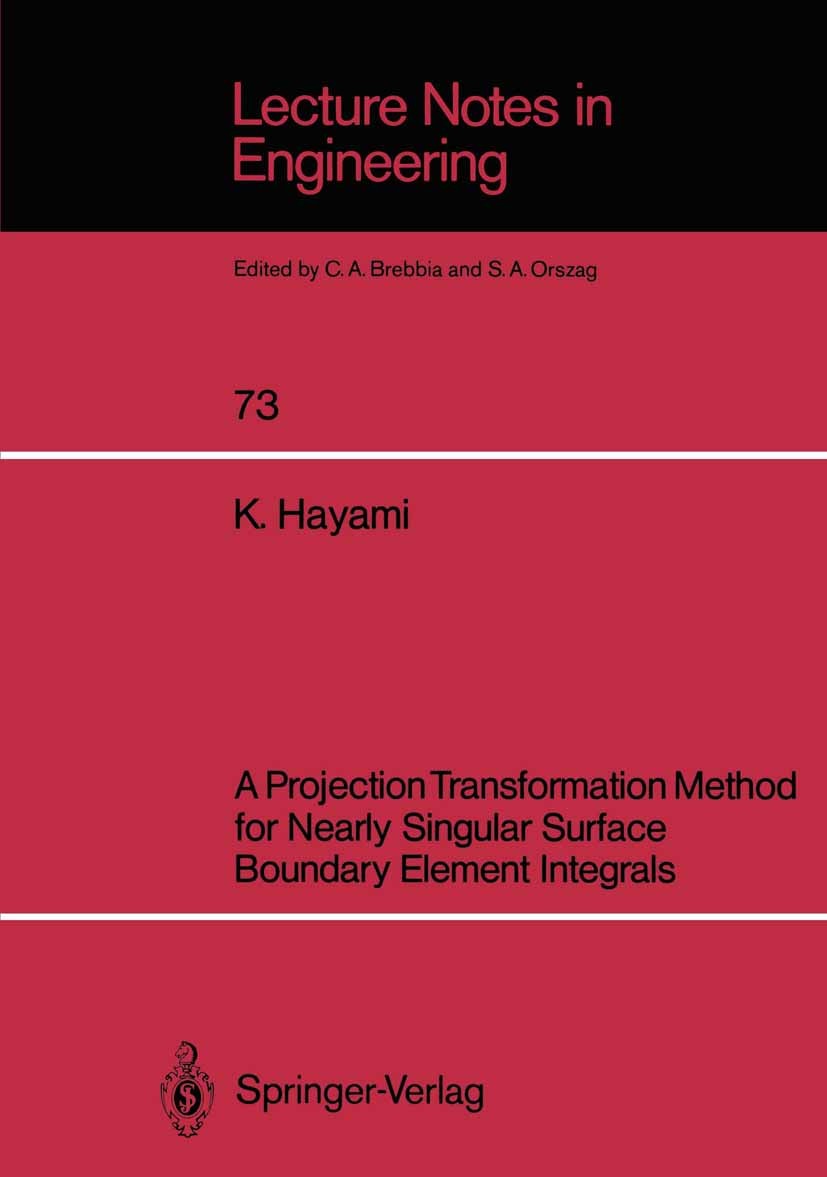| 期刊全称 | A Projection Transformation Method for Nearly Singular Surface Boundary Element Integrals | | 影响因子2023 | Ken Hayami | | 视频video | http://file.papertrans.cn/142/141958/141958.mp4 | | 学科分类 | Lecture Notes in Engineering | | 图书封面 |  | | 影响因子 | In three dimensional boundary element analysis, computation of integrals is an important aspect since it governs the accuracy of the analysis and also because it usually takes the major part of the CPU time. The integrals which determine the influence matrices, the internal field and its gradients contain (nearly) singular kernels of order lIr a (0:= 1,2,3,4,.··) where r is the distance between the source point and the integration point on the boundary element. For planar elements, analytical integration may be possible 1,2,6. However, it is becoming increasingly important in practical boundary element codes to use curved elements, such as the isoparametric elements, to model general curved surfaces. Since analytical integration is not possible for general isoparametric curved elements, one has to rely on numerical integration. When the distance d between the source point and the element over which the integration is performed is sufficiently large compared to the element size (d> 1), the standard Gauss-Legendre quadrature formula 1,3 works efficiently. However, when the source is actually on the element (d=O), the kernel 1I~ becomes singular and the straight forward application of | | Pindex | Book 1992 |
The information of publication is updating

|
|
 |Archiver|手机版|小黑屋|
派博传思国际
( 京公网安备110108008328)
GMT+8, 2025-11-16 16:27
|Archiver|手机版|小黑屋|
派博传思国际
( 京公网安备110108008328)
GMT+8, 2025-11-16 16:27


